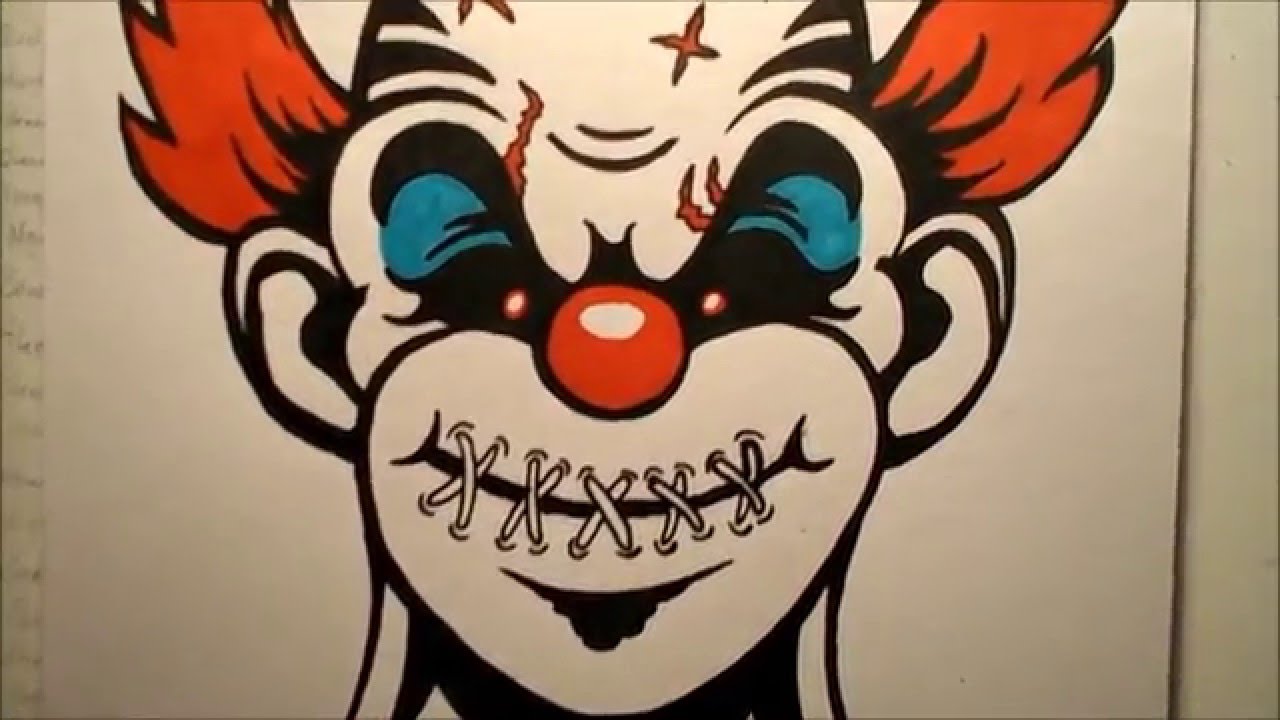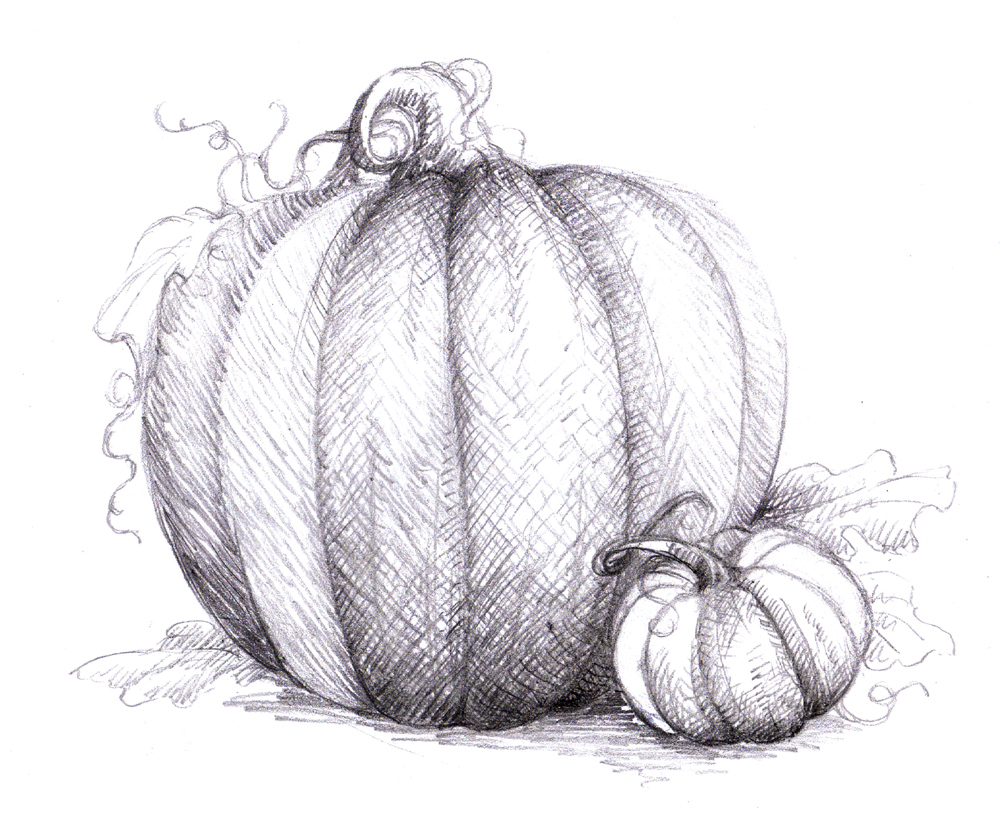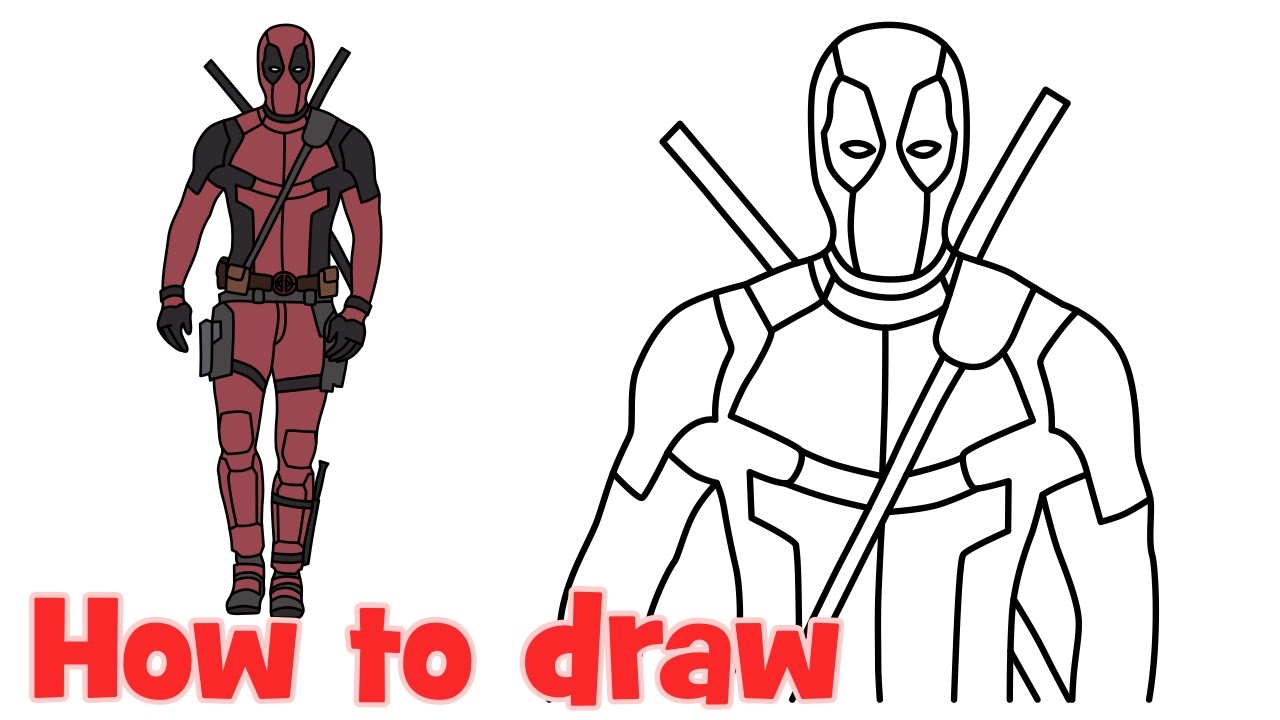Bones observational
Table of Contents
Table of Contents
Have you ever been stuck trying to draw bones? Perhaps you’re a beginner artist or looking to improve your skills. Whatever your situation, drawing bones can be challenging. However, with the right tools and techniques, anyone can draw realistic and anatomically accurate bones.
Pain Points
Many artists struggle with understanding the structure and details of bones. Without this knowledge, it can be challenging to create realistic bone drawings that accurately depict shape, texture, and lighting. Additionally, some people are hesitant to draw bones because they feel it may be too complicated or time-consuming.
Answer
The key to drawing bones is to start with the basics. Understand the overall shape and structure of the bone, including its length, width, and curvature. From there, focus on the details, such as the texture, ridges, and joints. Use reference images or even real-life models to study the bone’s shape and details carefully.
Main Points
Remember to study the bone’s contours, texture, and lighting carefully. Use shading to create depth and dimensionality. Don’t be afraid to make mistakes or experiment with different drawing techniques. Practicing regularly and seeking feedback from other artists can help you improve your skills.
How to Draw Bones
When I first started drawing bones, I felt intimidated by the complexity of the human skeleton. However, with practice and patience, I was able to create detailed and accurate bone drawings. One technique that helped me was starting with simple shapes, such as circles and rectangles, to outline the bone’s structure. From there, I added more details, such as joints, ridges, and texture, to make the bone look more realistic.
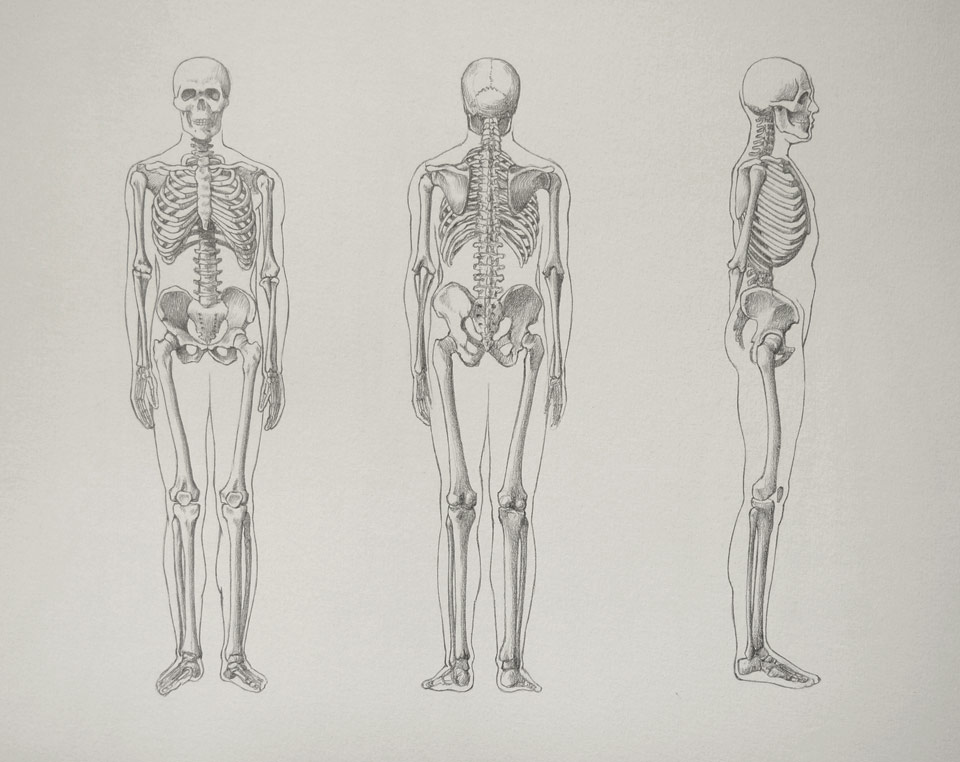 Another helpful tip is to study the lighting and shading of the bone. This can help you create the illusion of depth and dimensionality in your drawing. Using a variety of shading techniques, such as cross-hatching and stippling, can help you create a realistic-looking bone drawing.
Another helpful tip is to study the lighting and shading of the bone. This can help you create the illusion of depth and dimensionality in your drawing. Using a variety of shading techniques, such as cross-hatching and stippling, can help you create a realistic-looking bone drawing.
Practice and Feedback
It’s important to practice regularly and seek feedback from other artists to improve your bone drawing skills. Attend drawing classes or join an online community to get tips and feedback from other artists. Additionally, don’t be afraid to experiment with different styles and techniques to find what works best for you.
 Materials
Materials
When drawing bones, it’s essential to use the right materials. I prefer to use graphite pencils, erasers, and paper for my bone drawings. However, other artists may prefer different materials or tools, such as charcoal or digital drawing tools. Experimenting with different materials can help you find what works best for you.
Common Mistakes
One common mistake people make when drawing bones is focusing too much on the details without understanding the overall structure of the bone. It’s essential to start with the basics and work your way up to the details. Another mistake is not studying the lighting and shading of the bone, which can make the drawing look flat and lifeless.
Conclusion
Drawing bones can be challenging, but with the right tools, techniques, and practice, anyone can create realistic and accurate drawings. Remember to start with the basics, study the details, and seek feedback from other artists. Whether you’re a beginner or experienced artist, drawing bones is a rewarding and fulfilling experience.
Question and Answer
Q: What are some common mistakes to avoid when drawing bones?
A: Some common mistakes to avoid include focusing too much on the details without understanding the overall structure of the bone, not studying the lighting and shading of the bone, and neglecting to seek feedback from other artists.
Q: What materials should I use for bone drawings?
A: The materials you use for your bone drawings will depend on your personal preference. However, some commonly used materials include graphite pencils, erasers, and paper.
Q: How can I make my bone drawings more realistic?
A: To make your bone drawings more realistic, focus on studying the bone’s details, such as texture, ridges, and joints. Additionally, pay close attention to the lighting and shading of the bone.
Q: How can I improve my bone drawing skills?
A: To improve your bone drawing skills, practice regularly, and seek feedback from other artists. Attend drawing classes or join an online community to get tips and advice from other artists.
Gallery
Skeletal Hand Drawing At GetDrawings | Free Download

Photo Credit by: bing.com / hand skeletal drawing getdrawings khalil riddick
UCD Design Drawing Stars-2011-Winter Quarter: The Skeleton Drawings

Photo Credit by: bing.com / skeleton drawing drawings ucd quarter stars winter
Skeleton Bones - Video Lesson Presented In The Drawing Academy Course

Photo Credit by: bing.com / skeleton drawing bones human skeletal system hand body bone drawings lesson academy sketches drawingacademy structure course adult artwork changes number
Observational Drawings-Bones | Observational Drawing. Size: … | Flickr
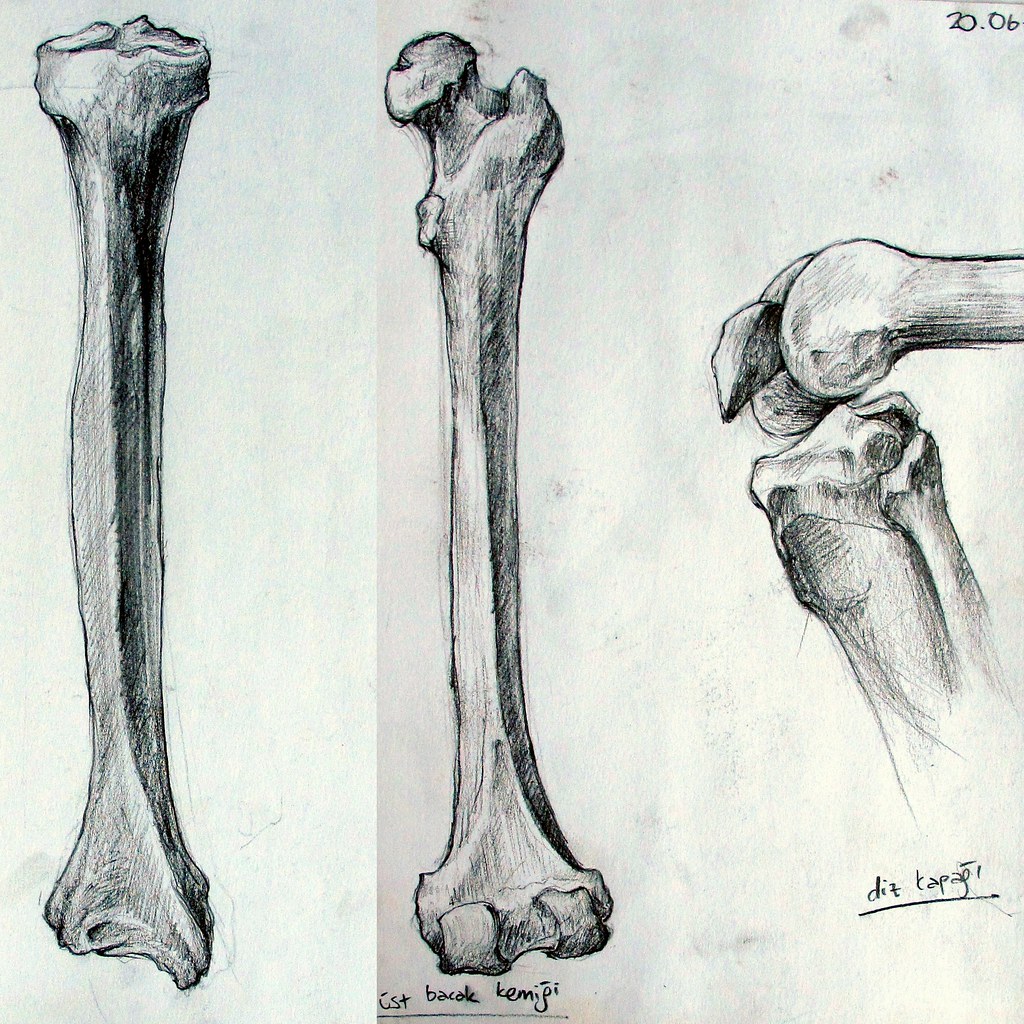
Photo Credit by: bing.com / bones observational
47+ Drawing Bone PNG - Shiyuyem
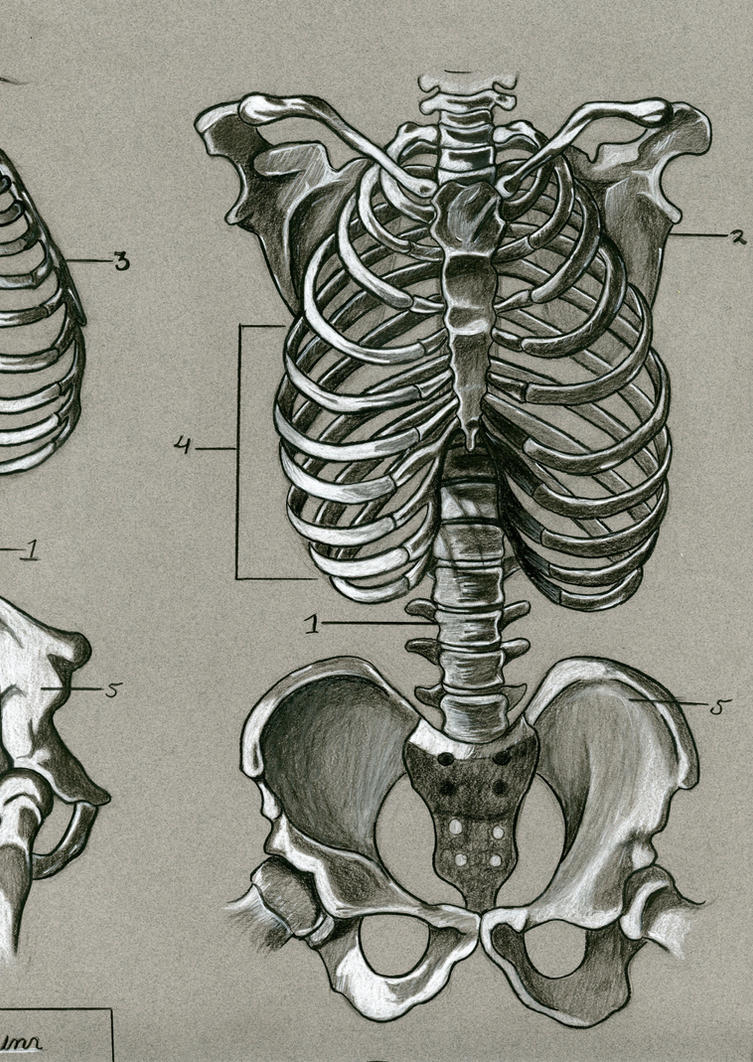
Photo Credit by: bing.com / anatomy anatomie skeletal anatomical skelett menschliche zeichnung zeichnungen torso th05 squelette simplified skizzierung knochen skulptur mensch menschliches artistique squellette croquis


